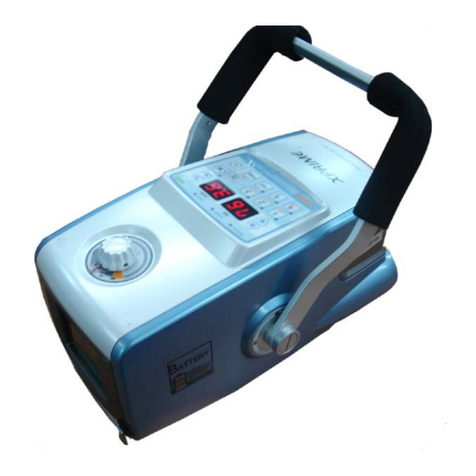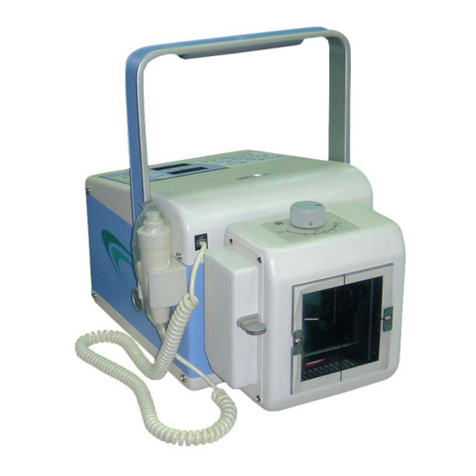3
1.2.Product manual
1.3. Intended use
Indication:
Contraindication:
There are no contraindications for the use of X-radiation for diagnostic purposes provided the
practitioner is able to exercise judgment and justify the use of radiation.
1.4. Safety requirement































